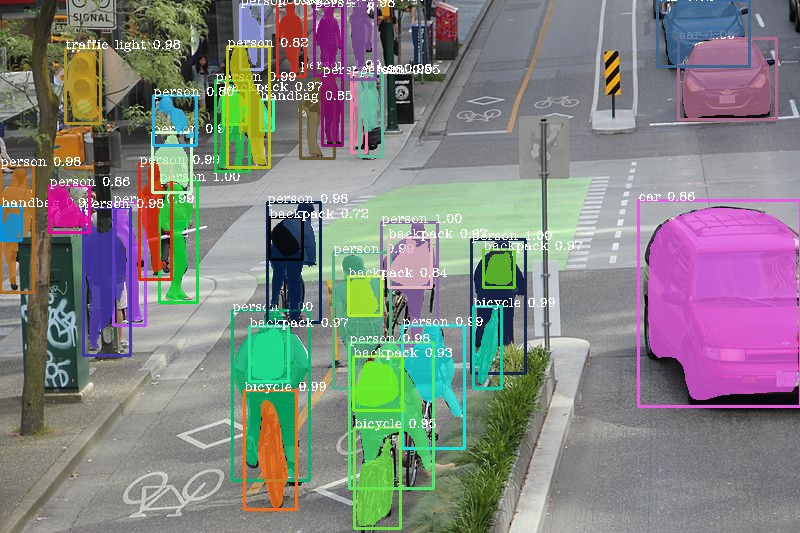
Image segmentation is the process of partitioning an image into multiple segments. It’s a form of analysis that is used to identify objects and boundaries in images. There are many different use cases for image segmentation, such as object detection, medical imaging, and content-based retrieval.
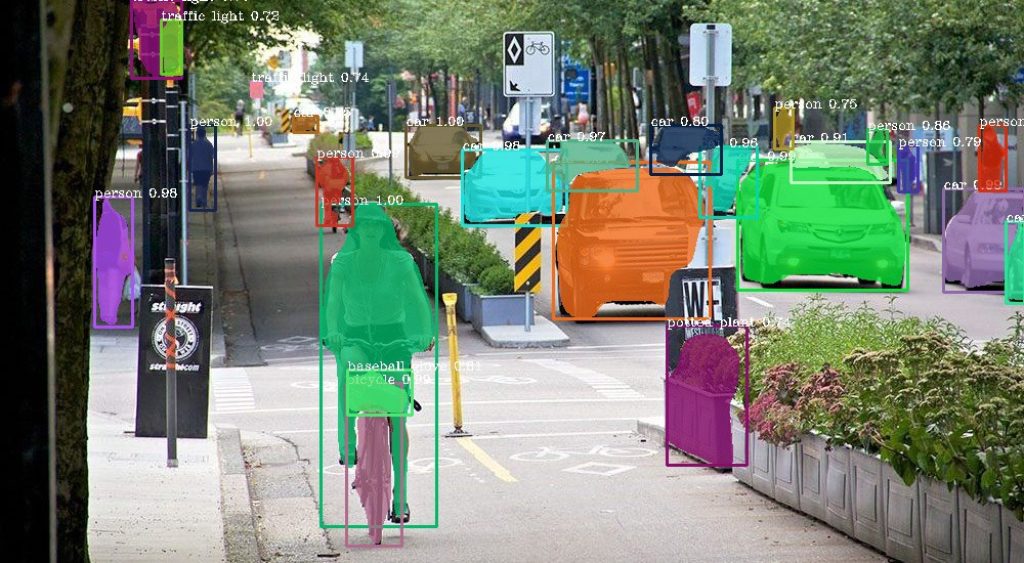
Source: becominghuman.ai
Table of Contents
Use Case #1: Object Detection in Images
With image segmentation, you can detect and locate objects within an image. This is useful for applications like security and surveillance, where you need to be able to identify potential threats. It can also be used for things like identifying specific objects in a photo for editing purposes.
Use Case #2: Scene Segmentation
It can be used to segment a scene into its constituent parts, such as the sky, the land, and the water. This can be useful for applications such as autonomous navigation, where it is important to identify the different parts of the environment in order to plan a safe route.
Use Case #3: Image Compression
Image segmentation is the process of partitioning an image into meaningful segments. It is often used in conjunction with compression to represent a given image with fewer bits. In this use case, it can be used to identify and compress regions of an image that are similar in color or content. This can be especially useful for reducing the size of large images.
Other Use Cases of Image Segmentation
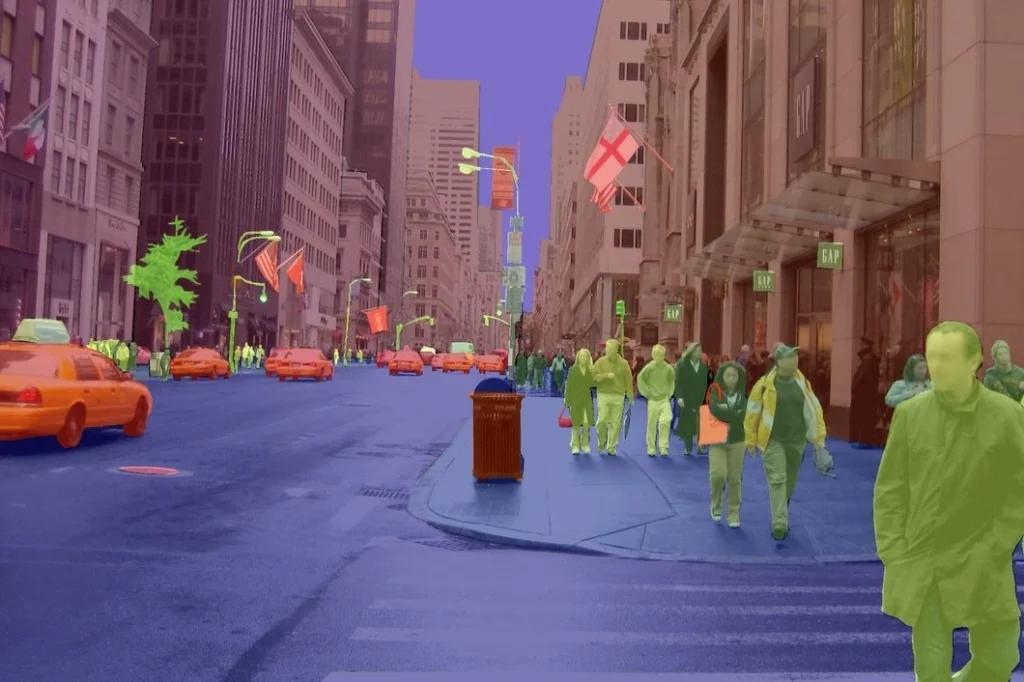
Source: viso.ai
Image segmentation has many other potential applications beyond the three main use cases discussed above. Some other examples of where this could be used include:
– Detecting objects in images for autonomous driving or robotics applications.
– Extracting text from images for optical character recognition (OCR).
– Identifying anatomical structures in medical images for diagnosis and treatment planning.
– Isolating foreground objects from background in video footage.
Image Segmentation: What is it and Why is it Used?
It is typically used for applications such as object recognition, content-based image retrieval, and scene analysis.
The most common approach is to use a clustering algorithm to group pixels together based on similarities in color or intensity. Other approaches include region growing, graph-based methods, and image segmentation model-based methods.
This is a very important step in image processing and computer vision applications. It allows us to understand it better and recognize objects within it. Additionally, it can be used to create more realistic images (e.g., by adding shadows or depth cues).
The Three Most Popular Applications for Image Segmentation
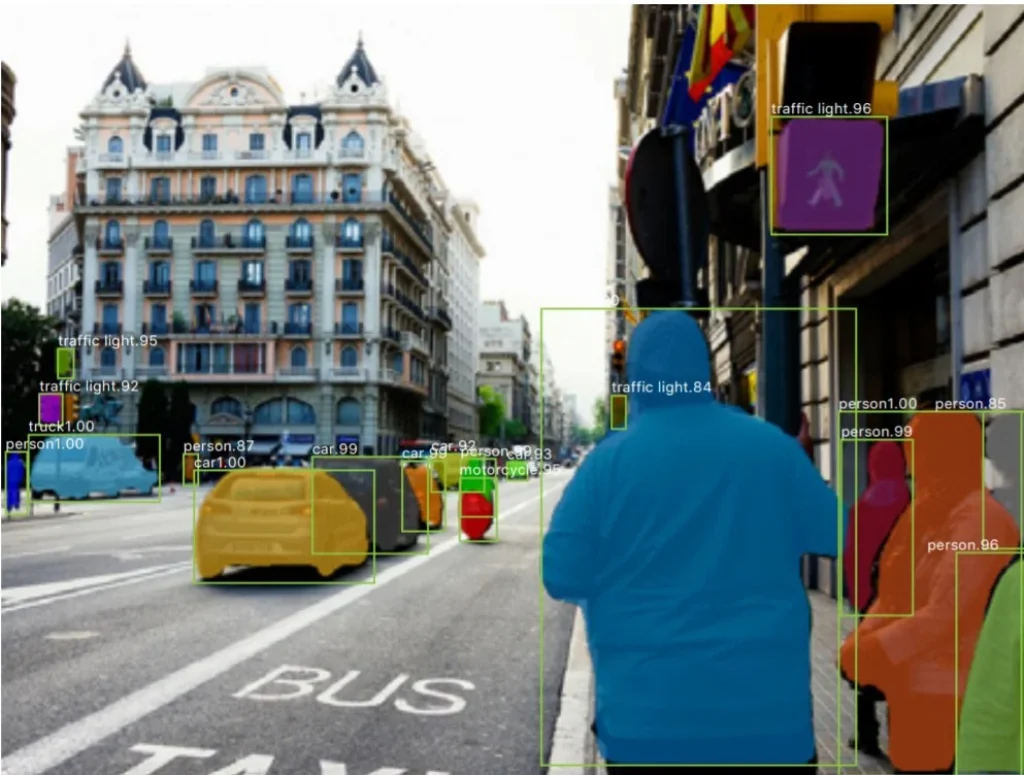
Source: data-flair.training
- Medical imaging: It is used in medical images to identify different organs, tissues, and structures. It can help doctors diagnose diseases and plan treatment.
- Self-driving cars: Segmentation is used in self-driving cars to identify objects on the road, such as pedestrians, other vehicles, and obstacles. This information is used to navigate the car safely.
- Robots: Segmentation is used in robots to identify objects in their environment so they can interact with them appropriately.
How Image Segmentation is Used in These Applications?
In the field of computer vision, image segmentation is the process of partitioning a digital image into multiple segments. The goal of it is to cluster pixels into regions that correspond to meaningful objects or parts of objects. Each pixel is typically associated with a set of features, such as color, intensity, and texture. Image segmentation algorithms use these features to group pixels into coherent regions.
There are many different types of these algorithms, but they can be broadly classified into two categories: supervised and unsupervised. Supervised methods require a training dataset in which each pixel is labeled with its correct class (e.g., “sky,” “tree,” “person”). Unsupervised methods do not require such training data; instead, they try to learn the correct class labels by clustering similar pixels together.
It has many important applications in computer vision, including object detection, video compression, and medical imaging. In object detection, for example, an algorithm might take as input an image of a scene and output a list of all the objects present in the scene and their locations. In video compression, an algorithm might analyze an input video signal and identify areas that are static or have little motion; these areas can be encoded using fewer bits than areas with more complex motion. In medical imaging, it can be used to extract information about the shape and size of organs from MRI or CT scans.
The Benefits of Image Segmentation
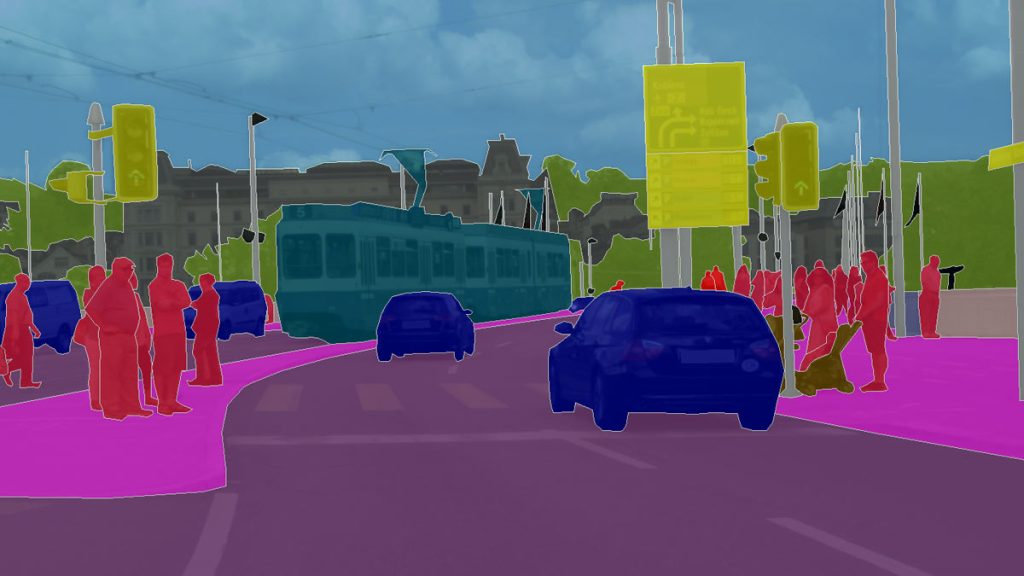
Source: polygons.tech
Segmentation can be used to extract meaningful information from an image, such as identifying objects, boundaries, and surface properties. Additionally, segmentation can simplify and speed up image analysis tasks by reducing the amount of data that must be processed.
Some of the most common benefits of image segmentation include:
- Object identification: By partitioning an image into distinct regions, object-based methods can more easily identify objects within an image. This can be useful for tasks such as automated object counting or detection.
- Boundary detection: Segmentation can also be used to detect boundaries between objects in an image. This can be useful for applications such as medical imaging or video surveillance.
- Surface property extraction: It can be used to extract surface properties such as color or texture. This information can then be used for tasks such as material classification or object recognition.
The Future of Image Segmentation
The future of it looks very promising. With the advances in machine learning and artificial intelligence, we are seeing significant improvements in this field. In the near future, we can expect to see more accurate and faster image segmentation algorithms that can handle a variety of different tasks.
Conclusion
This is a powerful tool that can be used in a variety of ways. In this article, we’ve looked at three use cases for image segmentation: object detection, medical imaging, and security. Each of these applications has its own specific requirements, but it can be a valuable tool in all of them. If you’re working with images, it’s worth taking the time to learn about this technique and how it can be used to improve your results.







